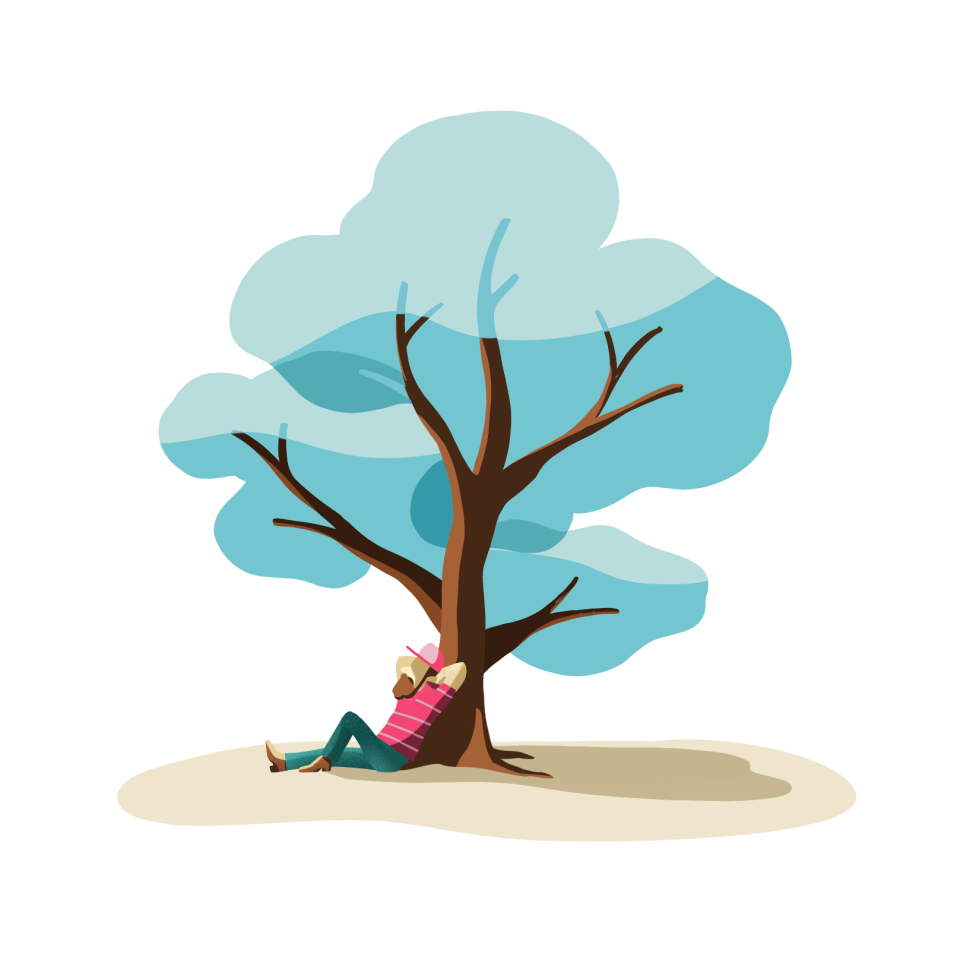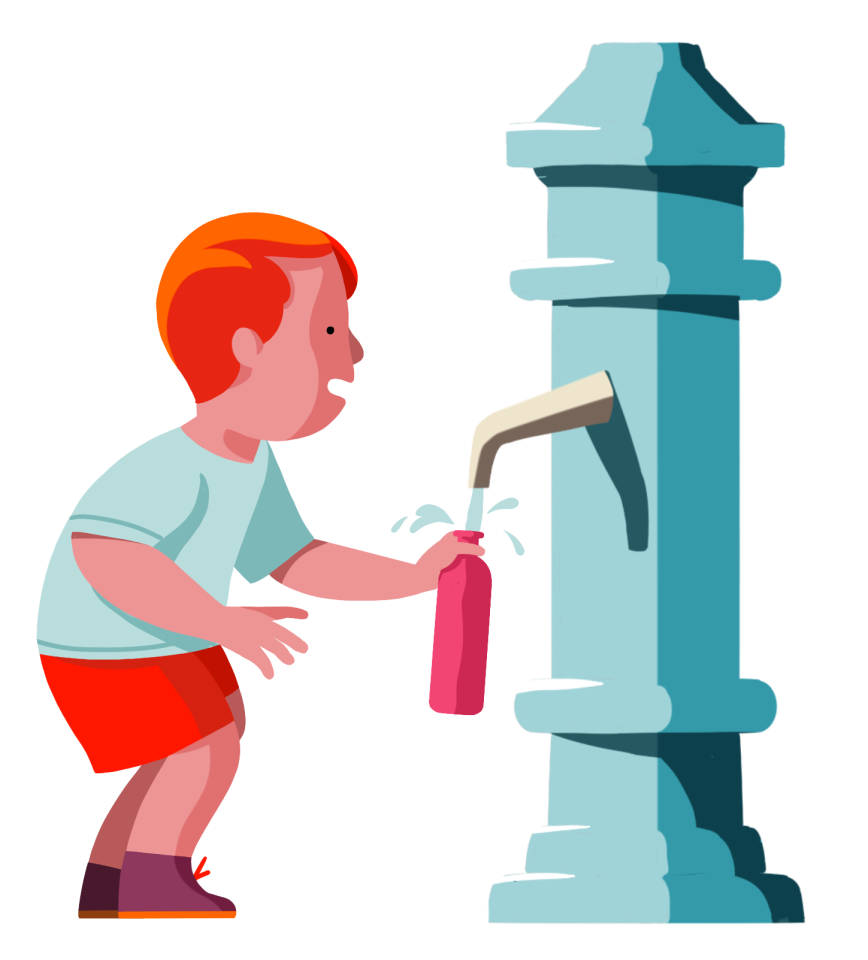Heat waves are back in Belgium and endanger homeless people. Because, contrary to general belief, life on the street during the summer is hardly more bearable than in winter.
What are the risks, best practices, and recommendations? Here is a reminder from Dr Pierre Ryckmans, medical coordinator at Street Nurses.
Life on the street is also dangerous during the summer
Contrary to what people might think, life on the street during the summer is not much easier to bear than in winter. “There is a difference in the sense that “Winter plans” are introduced each year, whereas few measures are taken in connection with heat waves.”
Certain factors can undermine the health of our patients on the street. “Spending the day outside, without being able to protect oneself against the sun or to refresh oneself, greatly increases the risk of diseases related to sun stroke and dehydration.”

It’s difficult for homeless people to find a strategic spot in the shadow where they can beg, often necessary to buy food and drink.
Drinking water fountains are not always easily available, or may be out of order, which reduces the availability of fresh water during the day.
Moreover, “patients who drink alcohol are more in danger of dehydration and related long term health problems, like kidney failure.”

What does Street Nurses do during a heat wave?
First, the street teams concentrate on prevention. “During our inspection rounds, we tell our patients how important it is to drink enough and to protect themselves against the sun.”
That’s why the Street Nurses’ “Map of drinking water fountains” is so useful for them. “We recommend using this instrument to find the nearest drinking water fountain.”
And that’s not all: “We also recommend wearing head gear and can supply it from the clothing stocks we receive as gifts.”
You can also help homeless people
Helping people on the street is always possible but their needs change according to the seasons.
It’s best to discuss the situation directly with them. Some, for instance, have easy access to drinking water but don’t have proper clothes. And some are more sensitive to the sun than others.
A plaster on a wooden leg
Every bit helps - but is not in itself an answer to the general problem.
Dr Ryckmans insists: “Our communication is seasonal, and you may get the impression that we’re repeating ourselves. But the risks are real, throughout the year. Urgent measures to save the lives of homeless people are obviously essential. But they should not make us lose sight of the real solutions, such as housing.”
That’s why Street Nurses and other organisations advocate housing as the instrumentto end homelessness. “It’s a question of common sense. Because it discards most risks, like those created by the climatic vagaries to which homeless people are exposed.”
In the meantime - Let’s take care of each other!
What are the symptoms of dehydration – and what to do when you see them?When you see people sleeping in the blazing sun, don’t hesitate, and wake them up, move them into the shadow, and give them something to drink. If they seem confused or disoriented, and refuse to move, call an ambulance. Dry lips, improper clothing (too many layers) and too much alcohol are further reasons to sound the alarm. We shouldn’t underestimate the consequences and potential complications of dehydration (confusion, urinary tract infection, bladder stones). And remember that alcohol strongly enhances dehydration, and that homeless people are not always aware of it. |

